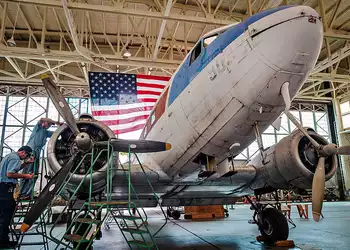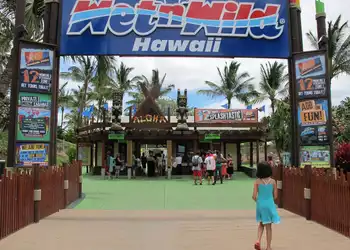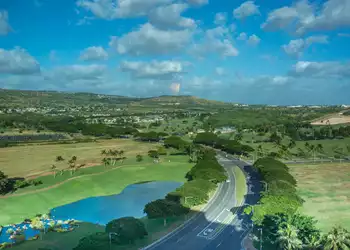Places mentioned in this article:

4.20
Honolulu Zoo
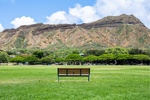
4.60
Kapiolani Park
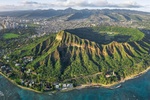
4.70
Diamond Head

3.90
Waikiki Aquarium
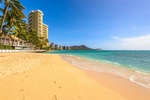
Waikiki
Waikiki, also known as Waikiki beach, is a beachfront neighborhood in Honolulu, the capital and largest city in the state of Hawaii. The beach lays on the south shore of the island of Oahu. This area is most known for Waikiki Beach, but Waikiki Beach is actually one of six beaches in the area. Other beaches include Queen’s Beach, Kuhio Beach, Gray’s Beach, Fort DeRussy Beach, and Kahanamoku Beach.
Waikiki is filled with white sand beaches, and gorgeous sunsets. Some even tout the area as the “Playground of the Pacific,” which is rather remarkable, because at one point in history, Waikiki was made up of swamplands.
During the 1800’s, Hawaiian royalty retreated to Waikiki as a location to surf using early forms of longobards. But before Waikiki could become a premiere destination for dignitaries—and now tourists—it had a unique history in and of itself. How did Waikiki get to become how we know it today?
Waikiki’s Early History
When translated, the word Waikiki means “spouting water,” a reference to the many rivers and springs that once flowed to the area. Today Waikiki covers 1.5 square miles, but in the early days of this Hawaiian island, its land mass was much larger. The swampland that made up Waikiki in years past included the valleys of Monoa and Palolo which neighbored the beachfront. According to Waikiki history, in the 1400’s Chief Kalamakua designed an irrigation system to take advantage of the many resources that are native to Waikiki, including planting of taro patches and the building fishponds. In the 1450’s Waikiki then became the governmental center for the island of Oahu.Discovered by European Explorers
The Hawaiian islands, including Oahu, were first discovered by British explorer Captain James Cook and fellow Europeans. The group initially landed on Kauai, which is Hawaii’s fourth largest island, on Jan. 18, 1778. There’s many components to Waikiki’s history. In 1794 it was home to one of Hawaii’s most historic battles, when Kamehameha I arrived on Waikiki from the big island and stormed the beach with his fleet of canoes. Once Kamehameha’s army stormed the beach, his troops set out for Nuuanu to overtake Chief Kalanikupule and his soldiers at Oahu. Kamehameha and his troops succeeded and they drove Chief Kalanikupule and his soldiers towards the steep Pali cliffs, which led to their deaths. After being settled, in the early 1800’s, foreign fisherman established Honolulu as a small harbor village. Before long Honolulu became an important city center, because it provided a resting spot for merchant ships that were trading furs with the east, and for the many fishing and whaling ships in the area. In 1809 King Kamehameha moved his royal court to this waterfront of Honolulu so he could watch the trade and ships that were traveling to the island. This became an important role in the history of Honolulu.Waikiki Beach Becomes a Vacation Destination
Waikiki became a vacation destination for royalty of the Hawaiian kingdom in the mid to late 1800’s. Dignitaries like Kamehameha IV, Kamehameha V, Lunalilo, Kalakaua, Liliuokalani and princess Kaiulani were some of the many prestigious visitors of the island, and many of them even had permanent residences. These dignitaries participated in horseback rides, canoe races, and the many ocean activities that the island provided. Waikiki later became an attraction for visitors in the 1830’s. In the 1860’s the island built a road for the many guests the island was attracting, and in the 1880’s the city created a tramway and tramcars for its visitors.Military Bases Attract Further Tourism
Tourists began to flock to Waikiki and the Hawaiian islands in larger numbers when the United States planted military bases in the area, including Pearl Harbor and a base located in central Oahu. These bases were established because the United States realized that establishing military bases on the Hawaii islands would be of strategic benefit.
Once tourism began to grow in the region, the first Luxury trade hotel was opened. Known as the Moana Surfrider, the hotel was opened in 1901 and accommodated many wealthy guests from Europe. A few years later, in 1907, the Waikiki Reclamation Commission decided to develop the area for tourism, including widening streets, building bridges, and draining duck ponds, rice paddies, and taro patches. From here on out, Waikiki began to climb the ranks as a destination for tourists from across the globe.
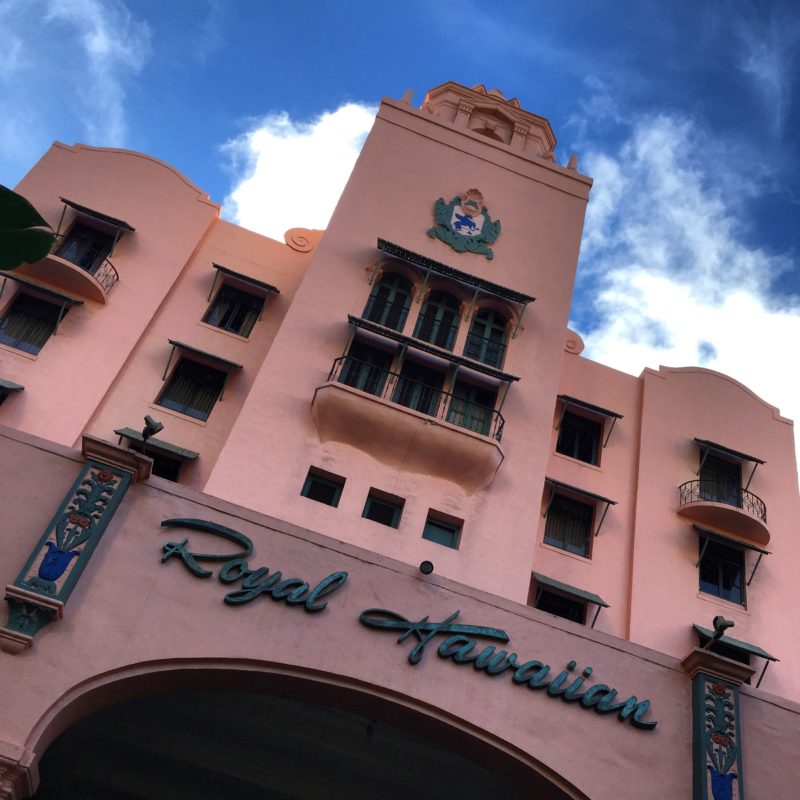 The bombing of Pearl Harbor in 1941 and beginning of World War II halted much of the tourism taking place in Hawaii. During this time Waikiki became a destination for soldiers and sailors to rest before the headed for war in the Pacific. These soldiers and sailors would then stop in Waikiki once they embarked on their return trip back to the United States.
The bombing of Pearl Harbor in 1941 and beginning of World War II halted much of the tourism taking place in Hawaii. During this time Waikiki became a destination for soldiers and sailors to rest before the headed for war in the Pacific. These soldiers and sailors would then stop in Waikiki once they embarked on their return trip back to the United States.
Tourism and Expansion
Waikiki saw an even greater influx of tourism in the early 1900’s, and the beach began to further assert its reputation as a destination for tourism. Later on, new recreation activities would be created in the 1920’s. New establishments included the Waikiki Natatorium War Memorial and the Honolulu Zoo. 1927 also saw the creation of another luxurious Hawaiian hotel, The Royal Hawaiian Hotel. This hotel was a $4 million dollar investment made by the Matson Navigation Company. In the 1930’s Hawaiian music gained popularity across the globe, attracting even more guests to the islands. Celebrities began to visit the islands, including Shirley Temple, Clark Gable, Amelia Earhart, and Joe DiMaggio, who each stayed at the now world renown Moana Hotel.The Attack on Pearl Harbor
 The bombing of Pearl Harbor in 1941 and beginning of World War II halted much of the tourism taking place in Hawaii. During this time Waikiki became a destination for soldiers and sailors to rest before the headed for war in the Pacific. These soldiers and sailors would then stop in Waikiki once they embarked on their return trip back to the United States.
The bombing of Pearl Harbor in 1941 and beginning of World War II halted much of the tourism taking place in Hawaii. During this time Waikiki became a destination for soldiers and sailors to rest before the headed for war in the Pacific. These soldiers and sailors would then stop in Waikiki once they embarked on their return trip back to the United States.








